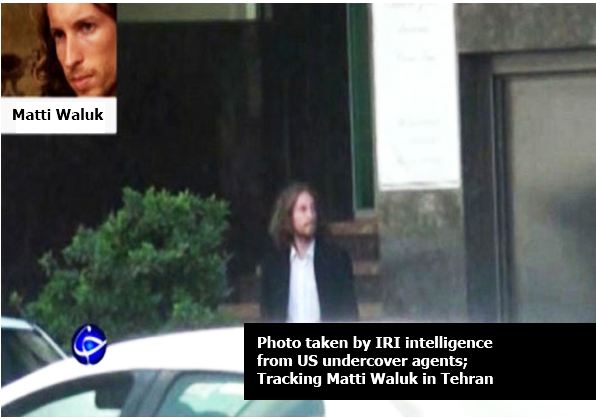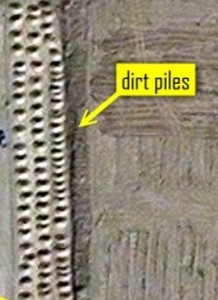Iran, IAEA Ink Agreement, But Was Slain Deputy Minister Part of P5+1 Negotiations?
Despite the near-miss over the weekend of an agreement between Iran and the P5+1 group of countries aimed at diffusing the crisis over Iran’s nuclear technology, an agreement was announced today in Tehran between Iran and the IAEA. The text of the agreement and its annex is quite short. Significantly, it grants access to and monitoring of the new heavy water reactor at Arak and to a uranium mine that has recently started producing yellowcake.
The Arak reactor is important because it was seen as one of the major sticking points in the P5+1 talks. Reactors of this type produce large amounts of plutonium that can be reprocessed into a nuclear weapon. France appeared to be insisting that this plant not begin operations. However, even those who accuse Iran of seeking to develop a nuclear weapon readily admit that Iran does not have the equipment or technology required for reprocessing spent fuel from this reactor into weapons-grade plutonium. Iran explains that this reactor is meant to take over for the aging Tehran research reactor in production of radioactive isotopes for medical applications. Presumably, IAEA monitoring of the reactor would be to confirm this process and to track the materials produced as they are shipped to hospitals for use in imaging and treatment.
No direct mention of the Parchin site is made in the document, and the New York Times speculates that Parchin is not part of the agreement. However, I suspect that Parchin will be the topic of an additional agreement to come, based on Amano’s comments in today’s press conference:
Amano, for his part, described the signing of the joint statement as “an important step forward,” adding that more work needed to be done.
“Under the framework of cooperation, Iran and the IAEA will cooperate further with respect to verification activities to be undertaken by the IAEA to resolve all present and past issues,” Amano said.
The IAEA chief said these “substantial measures” will be implemented in three months “starting today.”
There is no way that Amano would be talking of resolving “all present and past issues” if he didn’t believe there would eventually be agreement on access to Parchin.
Don’t panic on the bits in the document about laser enrichment or new enrichment sites. Although it hasn’t been discussed much, Iran’s previous efforts at laser enrichment of uranium (a separate technology from the centrifuge-based enrichment they currently employ) was known and appears to have been completely shut down in 2003 when all aspects of their nuclear work that could have weapons applications were shut down. Also, it is clear that the agreement only speaks of obtaining further clarification on already disclosed new enrichment facilities, so there is no disclosure of a previously unannounced facility.
Note also that the agreement makes reference to a “step by step” process. This is somewhat of a slap to France and the US (and of course, Israel), because the Russians first proposed a plan they called a step by step process back in July of 2011. And, of course, the agreement is significant because by signing this agreement, the IAEA is getting ahead of the US and the rest of the P5+1 group despite the Wikileaks cable that described Amano as eager to do the bidding of the US while running the IAEA.
The other huge news over the weekend out of Tehran is the assassination of Safdar Rahmat Abadi Sunday evening. PressTV reports that he was the Deputy Minister for Parliamentary Affairs in the Iranian Ministry of Trade, Industry and Mine. The Reuters article on the killing has this bit:
There was no immediate indication that the killing had anything to do with Iran’s nuclear dispute with the West.
However, there is this very interesting announcement just prior to the most recent round of P5+1 negotiations. On October 29, we learned this about an experts-level meeting that was to be held on October 30-31 which was meant as preparation for the high level meeting that wrapped up over the weekend: Read more →


